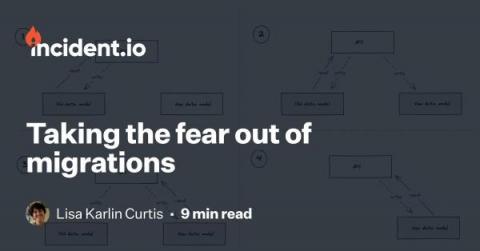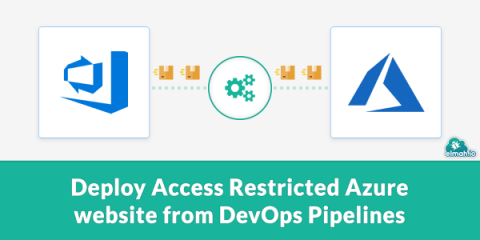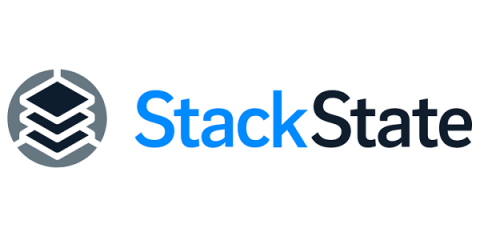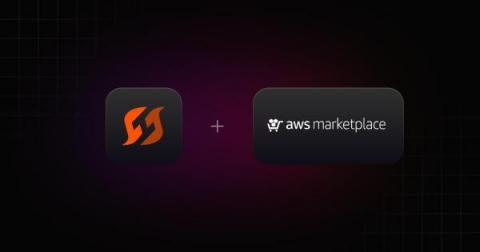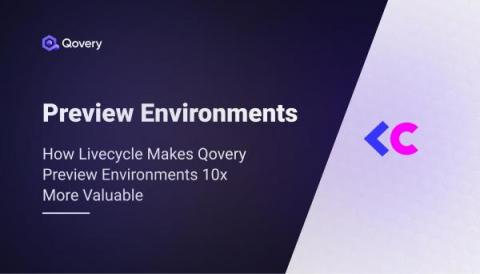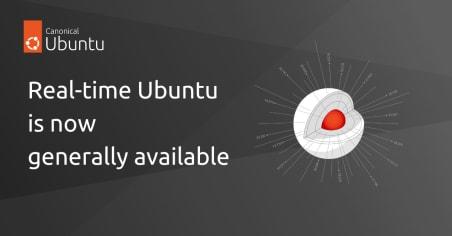Taking the fear out of migrations
Over the last 18 months at incident.io, we’ve done a lot of migrations. Often, a new feature requires a change to our existing data model. For us to be successful, it’s important that we can seamlessly transition from the old world to the new as quickly as we can. There are few things in software where I’d advocate a ‘one true way,’ but the closest I come is probably migrations. There’s a playbook that we follow to give us the best odds of a smooth switchover.


